Liberty Dead Fan Art Toy
200 $
Products are printed with PLA plastic at Frodo.
Production time is 10-15 days.
Shipping time is 7-10 days.
Liberty Dead Fan Art Toy
Introduction: Liberty Dead Fan Art Toy
Bold, raw, and unapologetically expressive, the Liberty Dead Fan Art Toy is a thought-provoking fusion of cultural symbolism and urban rebellion. This striking collectible reimagines one of the world’s most iconic figures—The Statue of Liberty—not as a beacon of unwavering hope, but as a gritty, postmodern avatar of resistance, decay, and artistic expression. Crafted with an unmistakable blend of fan-driven creativity and street-level aesthetics, Liberty Dead isn’t just a toy—it’s a sculpture with something to say.
At first glance, this figure catches your eye with its haunting silhouette. Lady Liberty’s once-pristine torch is now dimmed or cracked, her crown perhaps tagged with graffiti or skewed to the side, and her robe torn, distressed, or stylized in dark, urban textures. Yet, the message isn’t destruction—it’s transformation. Liberty Dead represents the collision of ideals and reality, the evolution of liberty through struggle, protest, and reinvention. It’s fan art that dares to challenge traditional interpretations, offering a modern, underground vision of a global icon.
This toy lives at the intersection of pop culture, political commentary, and contemporary street art. In this rendition, Liberty is no longer just a symbol of hope—she’s a canvas for frustration, rebellion, and artistic freedom. She might wear headphones, clutch a spray can, or bear scars that represent the erosion of ideals in today’s world. The message is layered and open to interpretation, which is precisely what makes it so compelling. Every crack, tag, and detail tells a story—of cultural decay, societal reflection, and creative resurgence.
What sets the Liberty Dead Fan Art Toy apart from traditional collectibles is its unapologetic visual language. It borrows from the lexicon of graffiti art, punk attitude, dystopian design, and the DIY spirit of fan art culture. You can see the influence of urban walls stained with history and protest, of vinyl art toys that blend form and message, and of sculptural pieces that speak louder than words. It’s not meant to sit quietly on a shelf—it demands attention and invites interpretation.
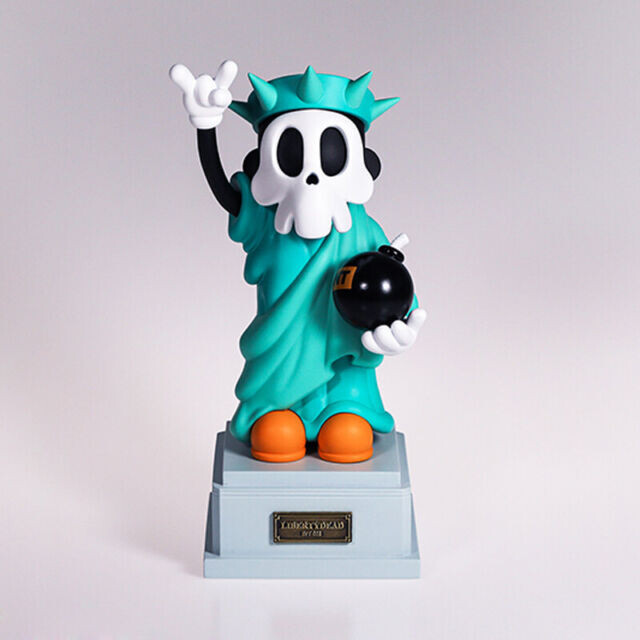
For fans of designer toys, political art, or dystopian aesthetics, this figure hits all the right notes. It’s a piece that challenges norms while celebrating creativity. It resonates with collectors who appreciate not only aesthetic value but also conceptual depth. It’s more than just a redesign of Lady Liberty—it’s a dialogue between the past and the present, between idealism and reality.
The craftsmanship behind Liberty Dead reflects its intensity. Sculpted with dynamic textures, layered paint effects, and often incorporating mixed media, this figure might feature oxidized metallic finishes, hand-painted graffiti marks, or gritty details like exposed framework or broken chains. These aren’t random decorations—they’re symbolic elements that enhance the figure’s narrative power. Each piece feels one-of-a-kind, a small statue that could belong in a gallery just as easily as in a collector’s display case.
This fan art toy also reflects a broader trend in the art world: the blending of pop icons with social commentary. Artists across the globe are reworking cultural symbols to explore identity, freedom, oppression, and resistance. The Liberty Dead Fan Art Toy is part of this movement—one that speaks directly to our moment in history, where the concept of “liberty” is both questioned and defended, deconstructed and rebuilt.
Whether you see it as a critique of a fading dream, a call for revolution, or simply an edgy reinterpretation of an iconic figure, Liberty Dead opens the door to reflection. It challenges viewers to rethink what symbols mean in today’s chaotic, connected, and creative world.
In short, Liberty Dead Fan Art Toy is more than a collectible—it’s a statement piece. A hybrid of sculpture and story. A representation of liberty through the lens of the underground. It’s made for those who find beauty in imperfection, who see truth in art that disrupts, and who believe that even the most sacred icons can—and should—be reimagined.

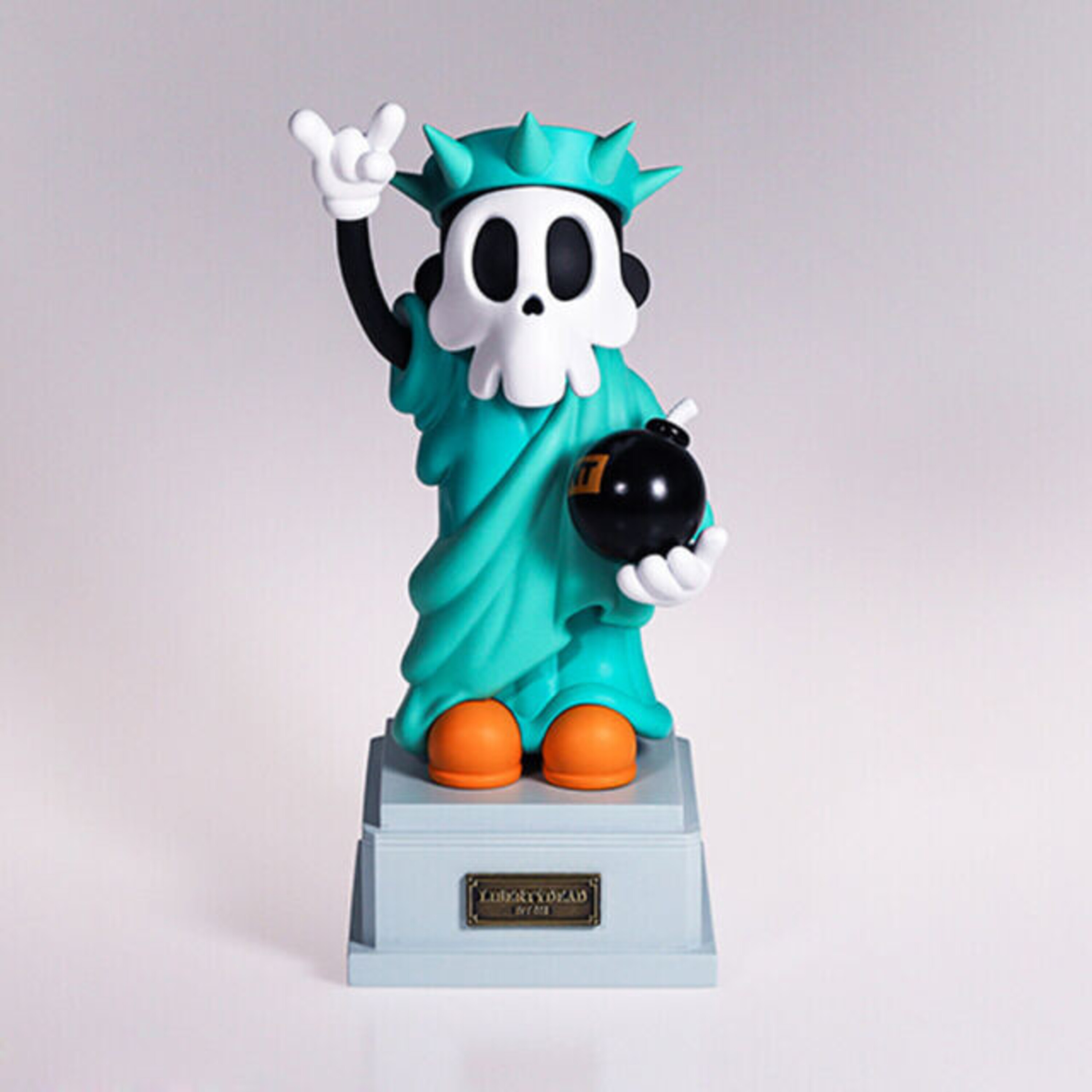



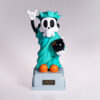



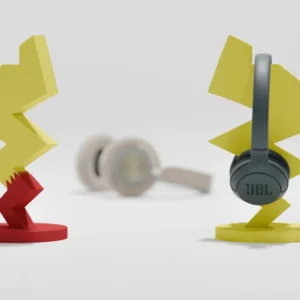

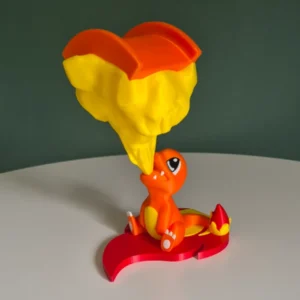












Reviews
There are no reviews yet.